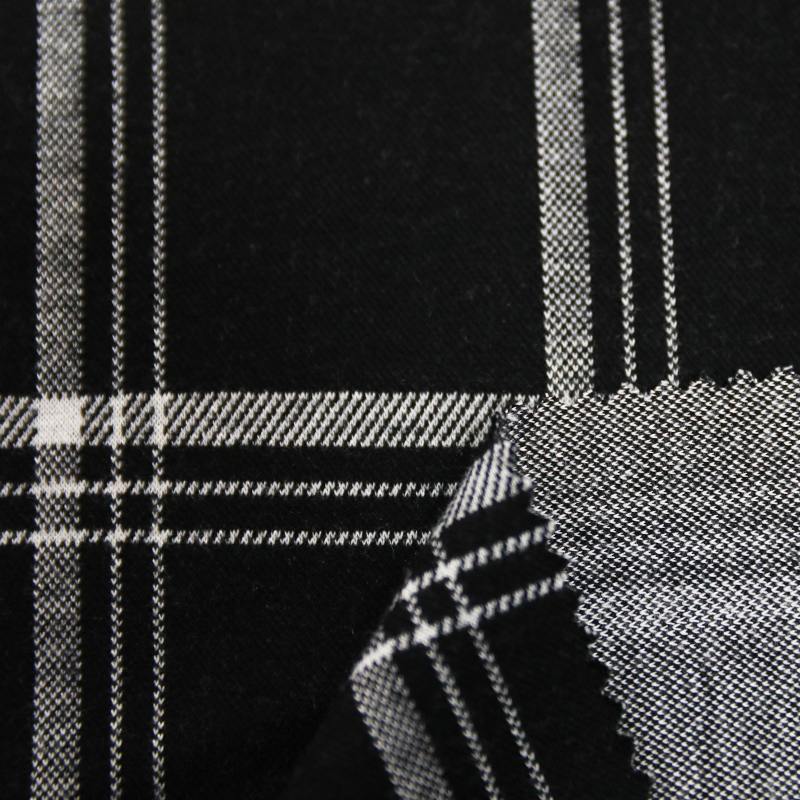 0571-82995618
0571-82995618 [email protected]
[email protected]- 中国混纺面料制造商
阻燃面料的生产工艺是怎样的?阻燃面料的生产过程:简单的说就是轧制和烘烤。 具体来说,必须先轧制,即通过化学药剂,第二步是氨熏蒸。 这时候织物的氨味就会很严重。 氨水熏蒸增强了织物的耐洗性,但阻燃性能仍然不是很稳定。 所以下一步是通过氧化过程来减少氨烟的气味。 在拉幅过程中,织物的整体性能会好很多,然后进行预缩,控制织物的缩水率。 此时,织物的整理过程就完成了。
阻燃布有耐热性吗?
阻燃面料有很多种。 根据不同行业的需要,使用不同功能的阻燃面料。 不提供具有耐热性的织物。 有些织物具有耐热性。 基本上,具有耐热性的织物是芳纶阻燃织物和腈纶阻燃织物。 它们通常由在高温环境中工作的工人使用。 还使用了特殊比例的腈纶阻燃织物。 它具有不同程度的抗电弧性能。

How to determine the flame retardant properties of fabrics?
It is judged from the burning rate of the flame-retardant cloth. That is, the flame-retardant fabric is exposed to the flame for a period of time according to the prescribed method, and then the flame is removed, and the time for the fabric to continue to burn with flame and without flame, and the degree of damage to the fabric. The shorter the flame burning time and the flameless burning time and the lower the degree of damage, the better the flame retardant performance of the fabric; on the contrary, the poor flame retardant performance of the fabric.
What is the general classification of functional flame-retardant fabrics?
Cotton flame-retardant fabric, flame-retardant anti-static fabric, cotton-nylon flame-retardant fabric, CVC flame-retardant fabric, acrylic flame-retardant fabric, anti-mosquito fabric, anti-acid and alkali fabric, anti-ultraviolet fabric, multifunctional flame-retardant fabric, oil resistance Water fabrics and so on.